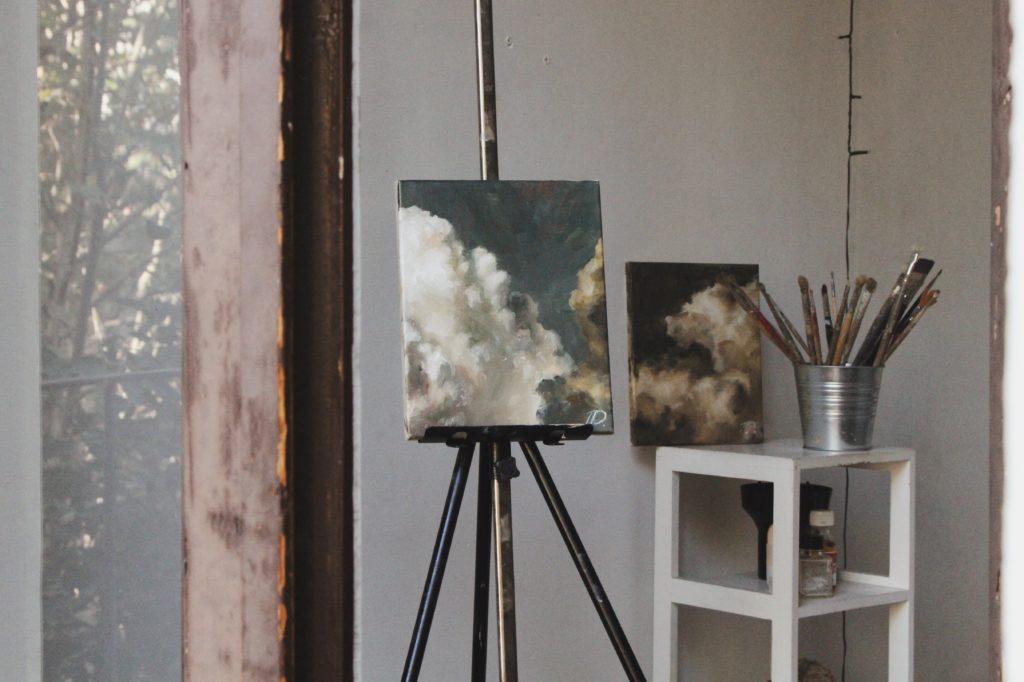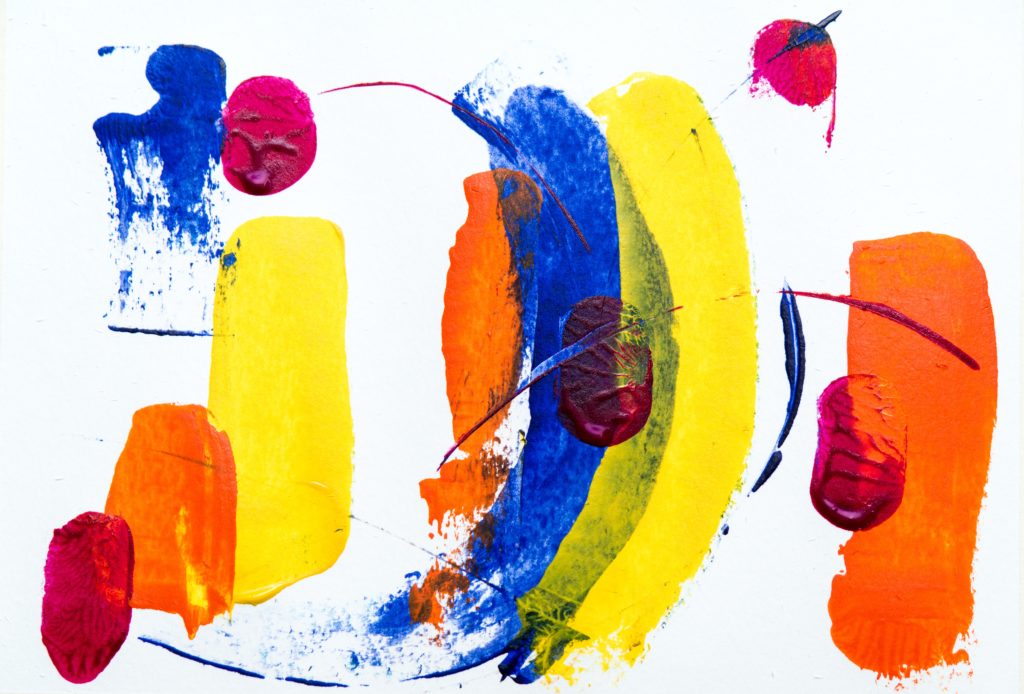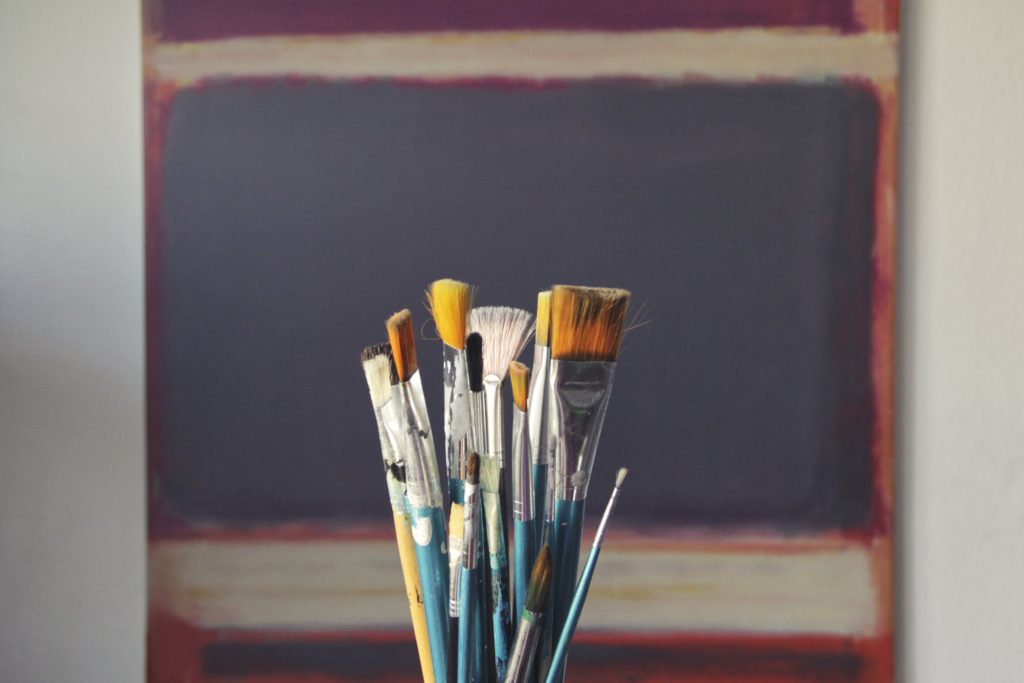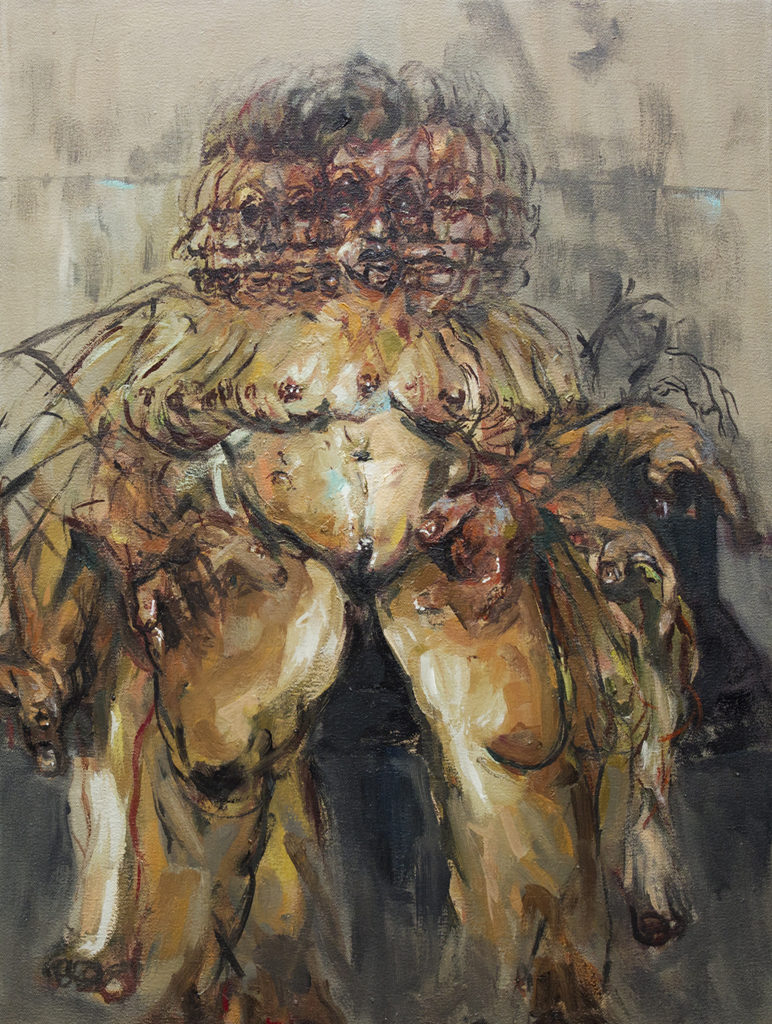6 Oil Painting Tips for New Artists
If you’re a new artist, diving into oil painting may be a little intimidating. Acrylics are quick-drying, so it’s easier to layer colors and complete a painting in one sitting. Painting with oils requires a little patience, the right space and the right tools.
But the results are stunning and hard to match. Many of the greatest painters in history worked with oil paints. Some of the most famous oil paintings include the Mona Lisa, Starry Night, The Birth of Venus and Guernica.
If you’re new to oils, these tips will help you get started on the right foot.
1. Work in a Ventilated, Safe Place
Unlike acrylics, watercolors and other paints, you can’t just use oils straight out of the tube – and you can’t just paint anywhere you please.
Oils must be mixed with a medium, and some of those mediums, like turpentine, emit toxic fumes. Turpentine is also highly flammable. Rags soaked in the medium can self-ignite if you don’t dispose of them properly.
Pigments in oil paints may also contain hazardous materials that may be absorbed through the skin.
Safety should always be your top priority with oil-based painting. This means:
- Working in a well-ventilated space
- Having access to a safe means of disposal
- Wearing protective gloves and clothing
- Wearing a respirator if you work with loose pigments
This may seem like a lot of work just to paint, but these are important steps to avoid chronic exposure to toxic materials and potential lifelong health issues.


2. Limit Your Palette
Many artists who teach oil painting for beginners recommend working with a limited palette at the start. Yes, there are a wide array of oil colors to choose from, but sticking to the primary colors and learning how to mix them properly is key.
You can buy a wide range of pre-mixed green hues, but all of these color variations can be achieved by simply mixing yellows and blues. Mastering the art of mixing colors is crucial for any painter.
You’ll also save money on paint if you go this route. A tube of high-quality oil paint can cost $40 or more, although you’ll probably want to stick with student quality paint until you develop your skill.


3. Hold and Orient the Brush Properly
Master the art of holding and orienting the brush properly because it’s crucial when working with oil paints.
There are a wide range of grips you can use when painting with a brush, but one go-to method that’s especially useful for beginners is to grip towards the end of the brush. By holding towards the end of the brush handle, you can paint with your entire arm – not just your wrist. This will give you more control over each stroke.
It may be uncomfortable to hold the brush this way at first, but as you get used to it, you’ll find that it offers you the greatest degree of control.
Along with your brush grip, you also want to master brush orientation. Remember that brushes have two sides. The flat side produces wide strokes, but you can turn it on its side to produce sharper strokes or lines.
Practice controlling lines with your brush orientation to paint faster and with greater versatility.


4. Don’t Over-Mix Your Colors
It’s easy to over-mix colors when working with oils, but try to avoid the temptation to blend the colors entirely. When one color first meets another, it creates tiny little inconsistencies that add interest and vividness to your painting.
Play with these inconsistences and have fun with it. Over-mixing will only leave you with flat and boring colors.
5. Vary Your Pressure
When beginners create their first oil painting on canvas, they tend to paint with “heavy hands.” The pressure you apply with each stroke can mean the difference between a masterpiece and a complete mess. The more pressure you apply, the more your paints will blend and create harsh edges.
Practice your light, medium and heavy strokes on canvas, so you can purposefully vary your pressure to achieve the desired effect.


6. Tone the Canvas
There are many advantages to underpainting. White backgrounds make it more difficult to judge values. A toned canvas will make it easier to judge values and will also enhance the overall feel of the painting. You can choose a warm or cool color, depending on your subject.
If you look at an oil painting up-close, you’ll probably find little specs of broken paint that reveal a warm underpainting. Many beginners simply start painting right on top of the white canvas and are disappointed when tiny white specs show through.







